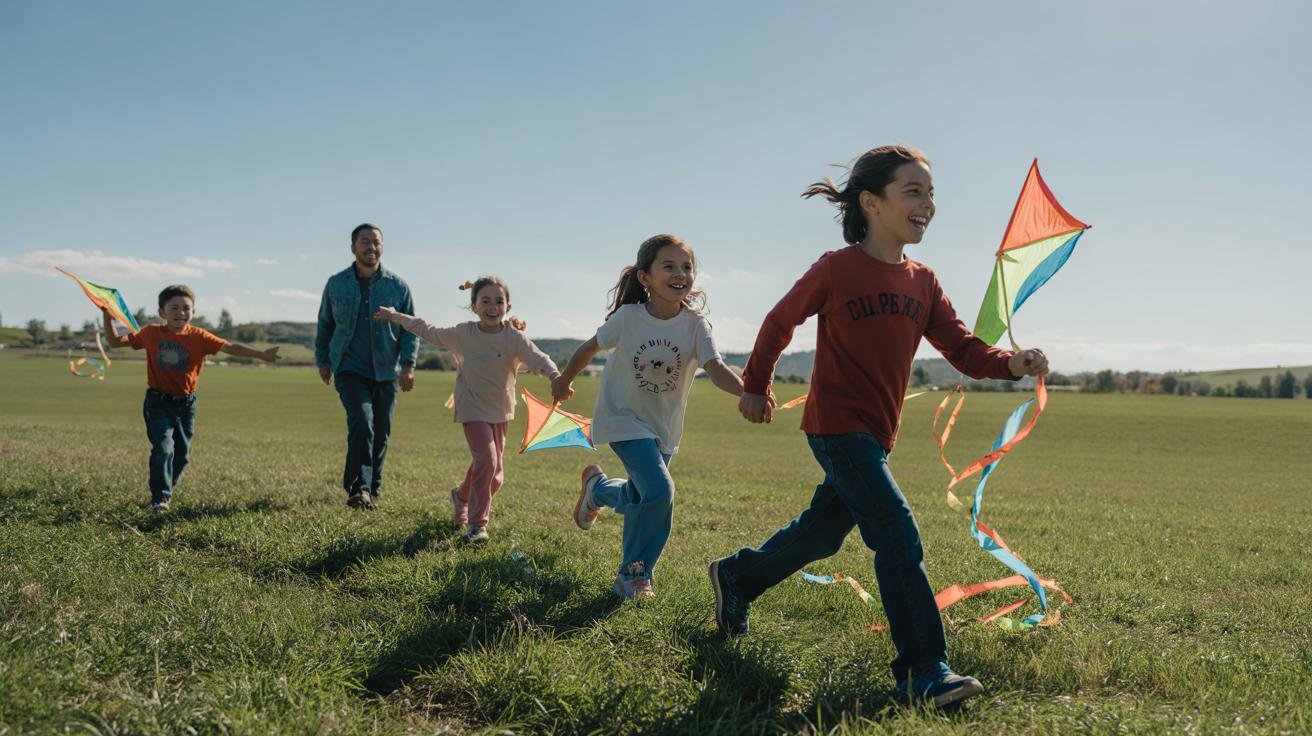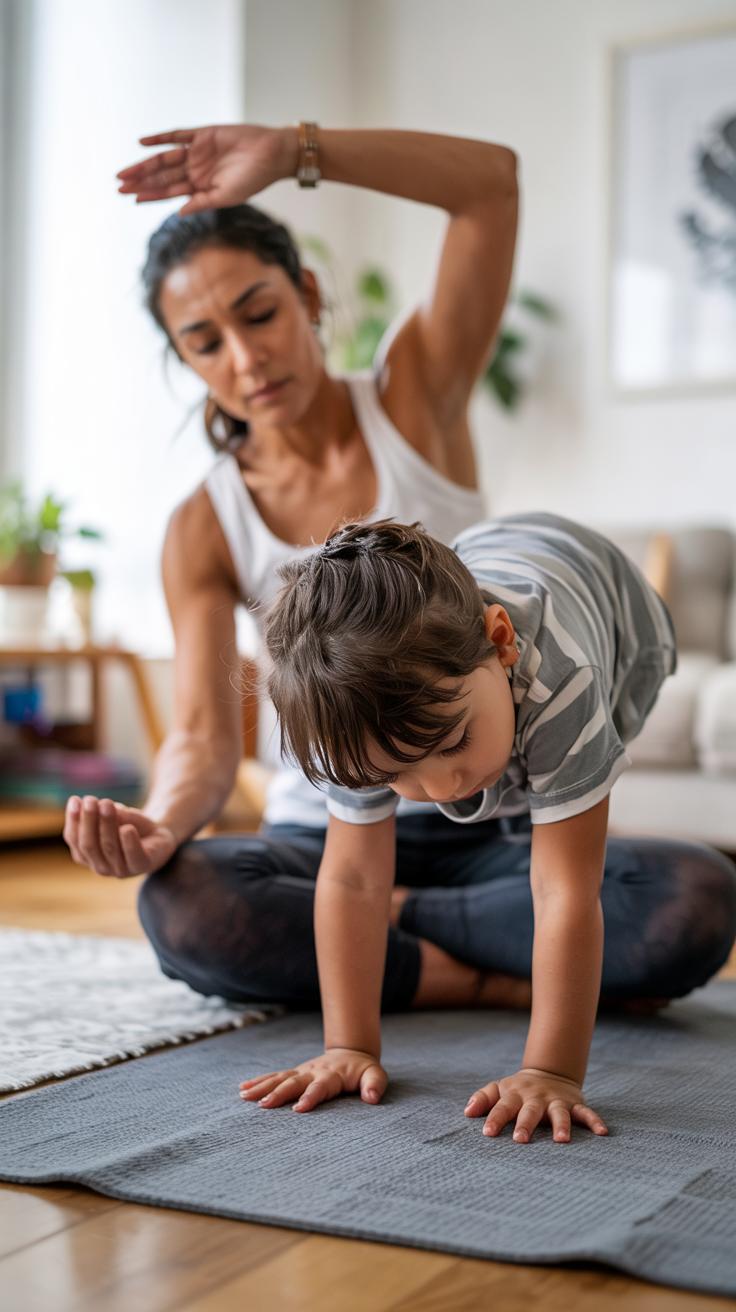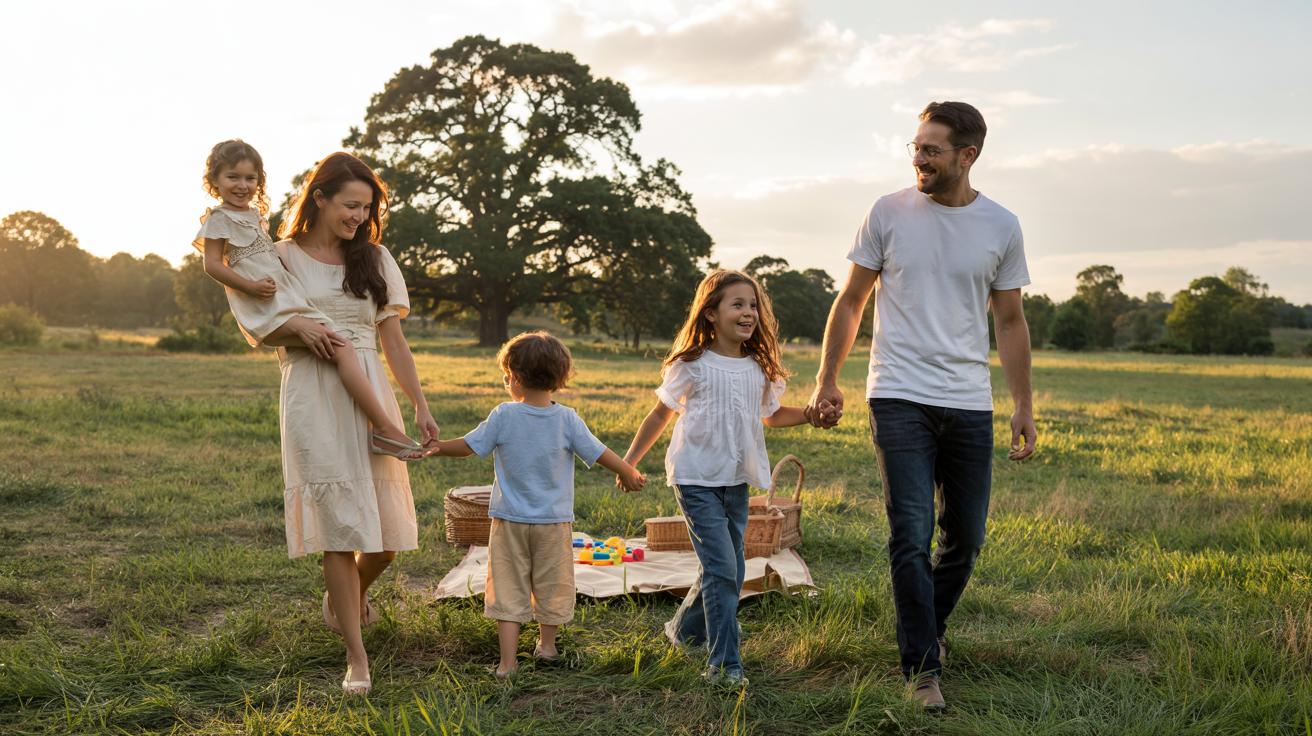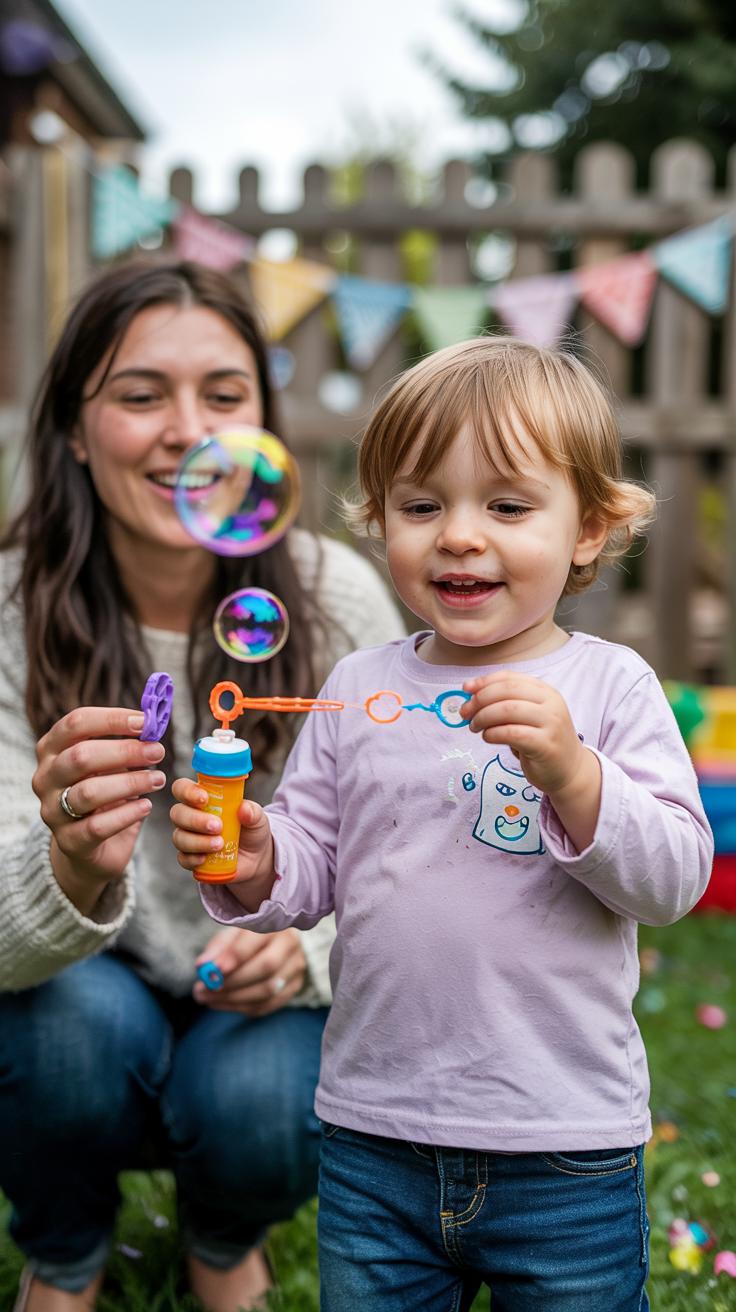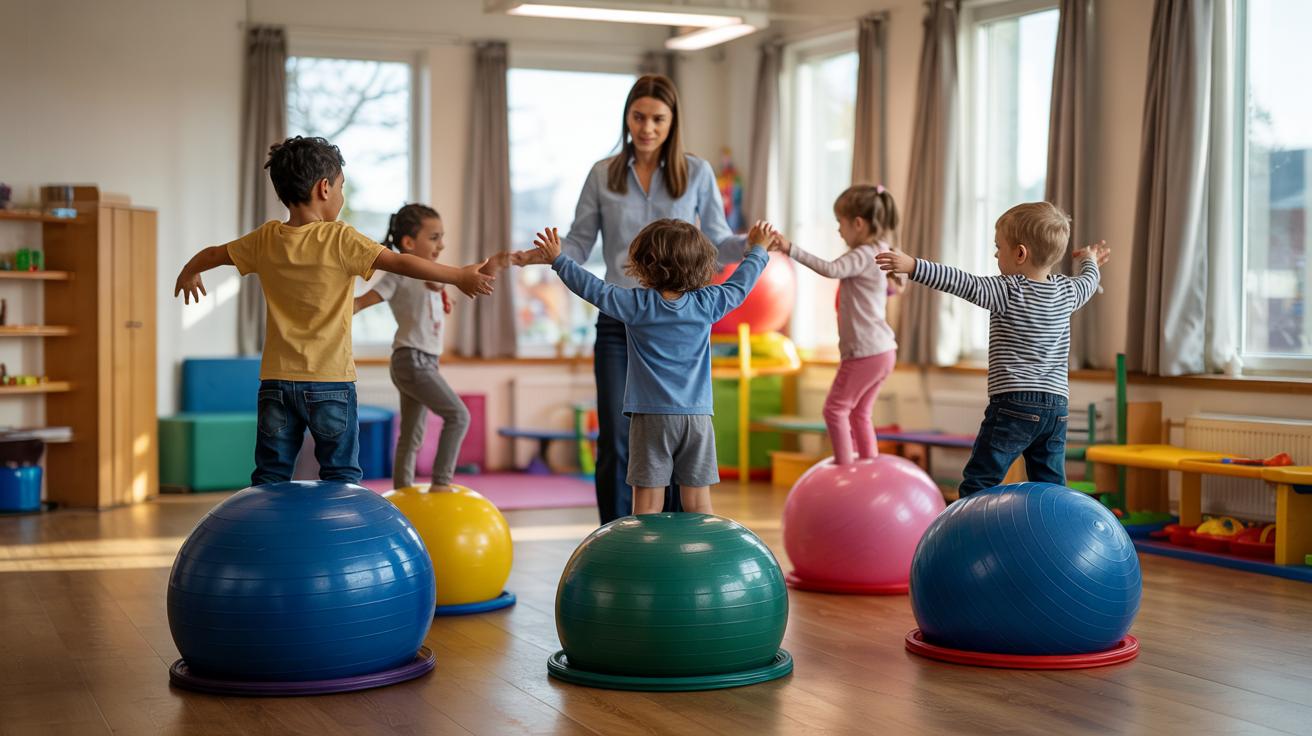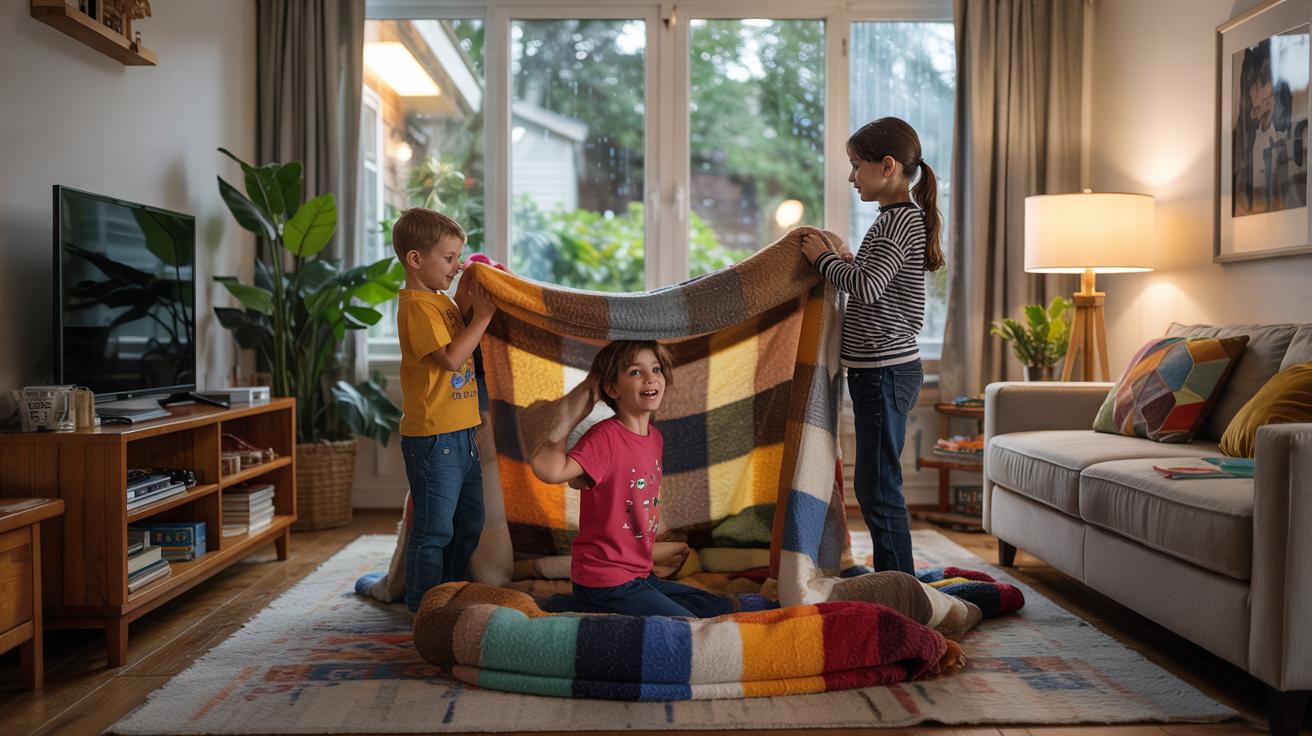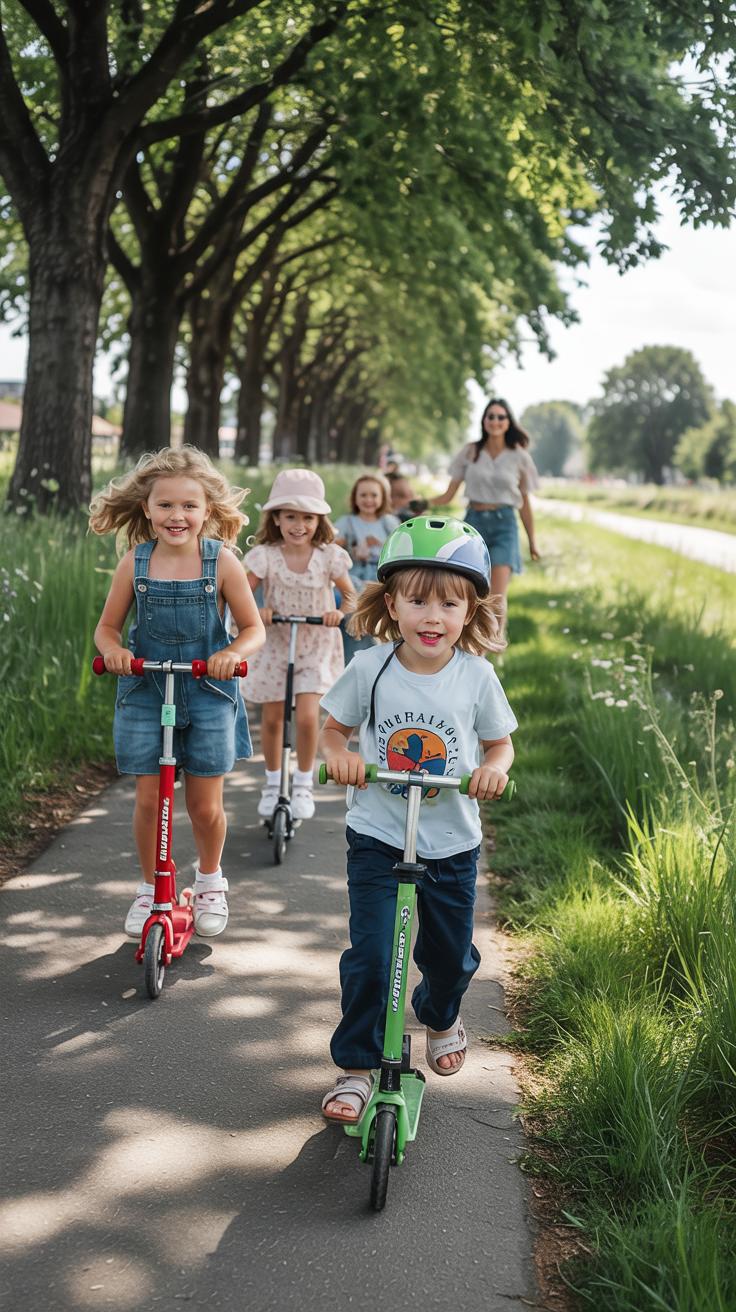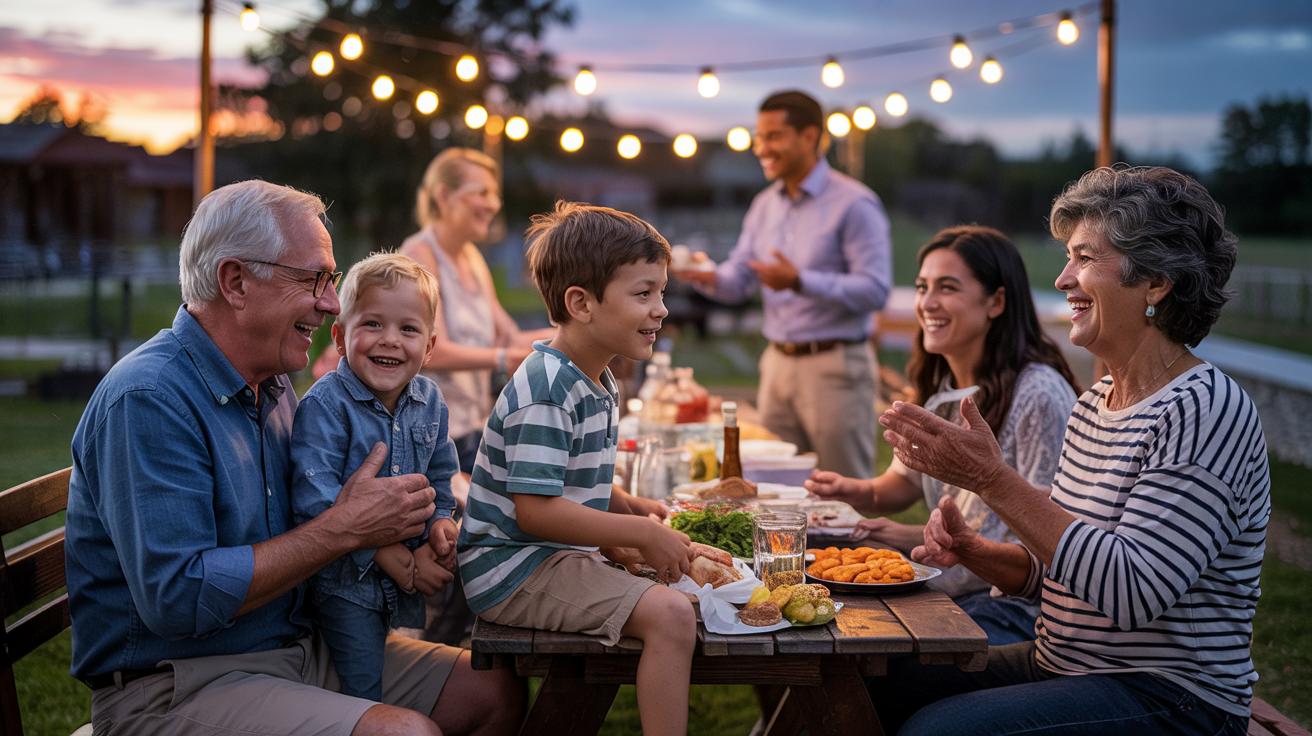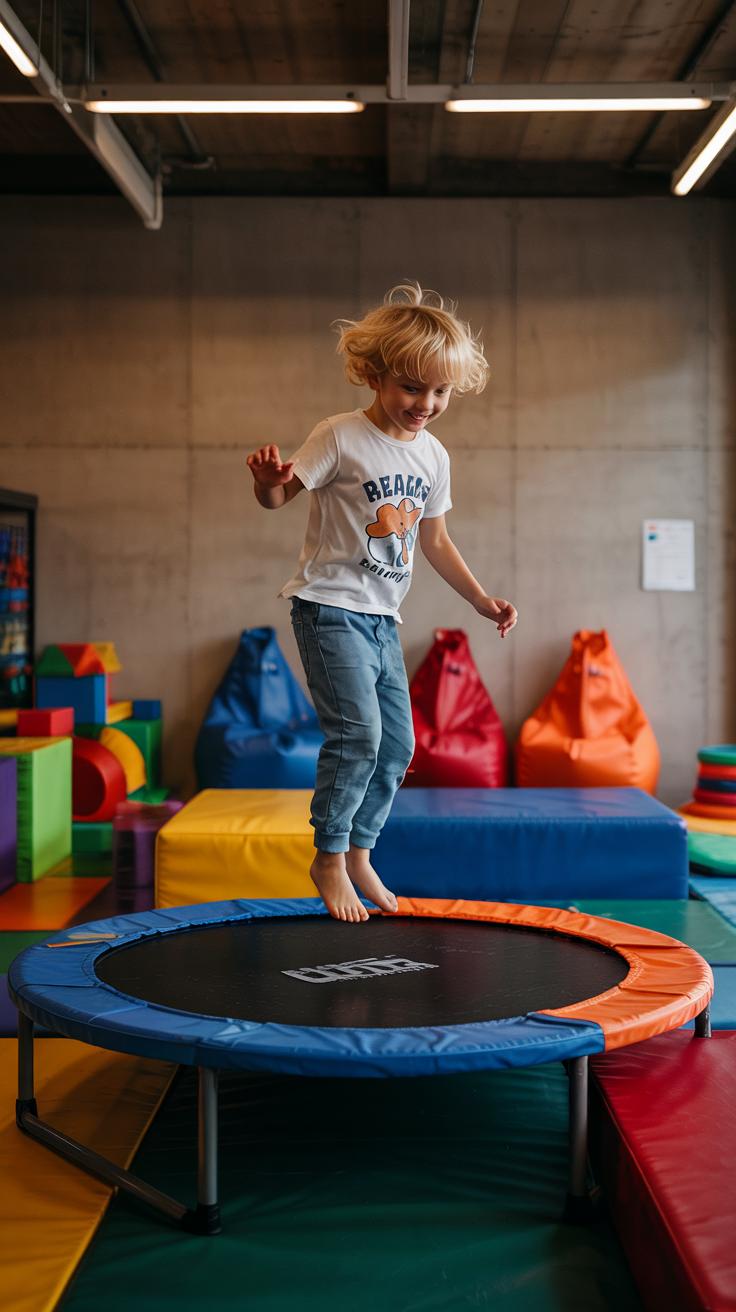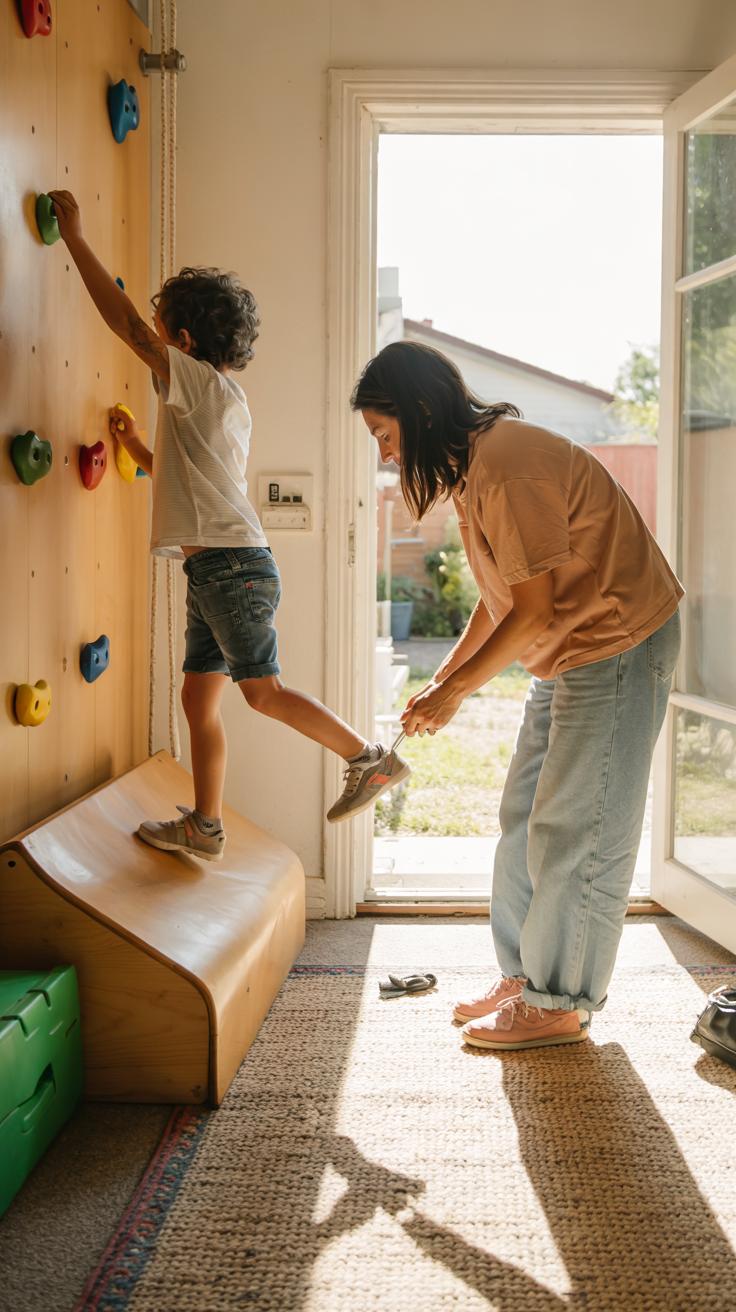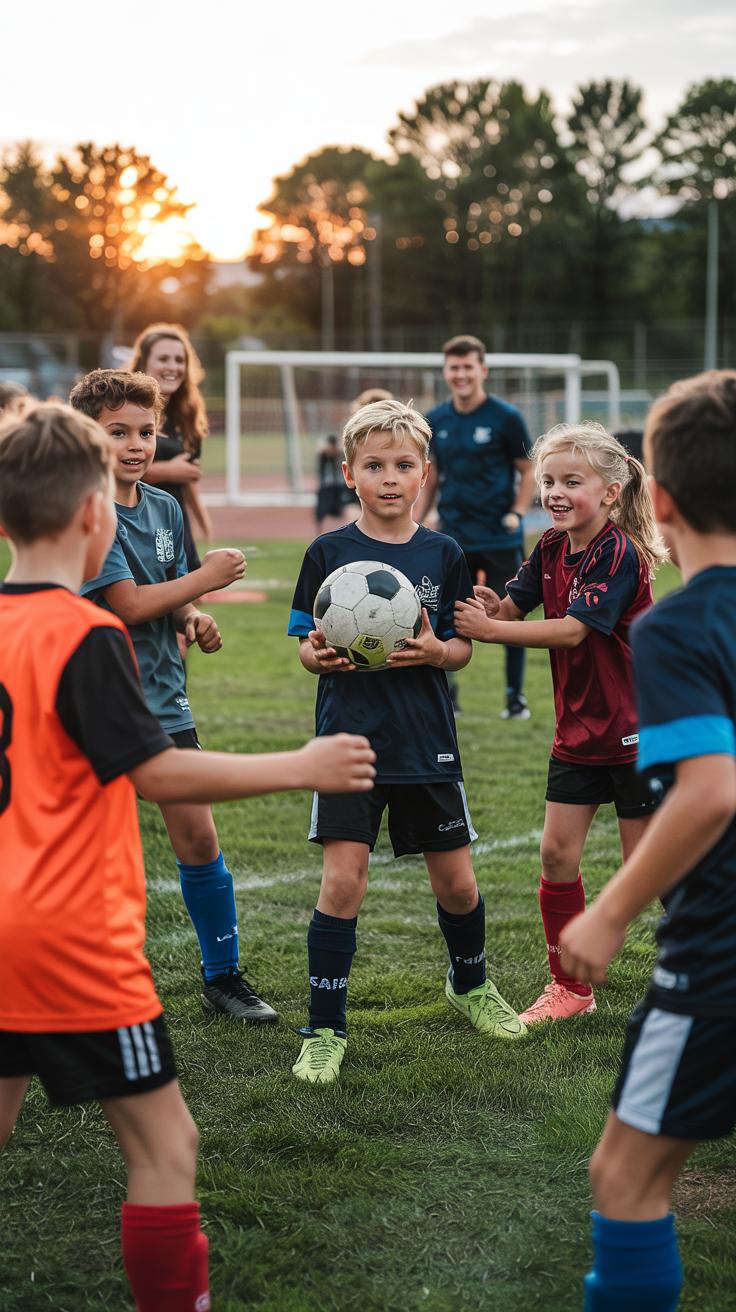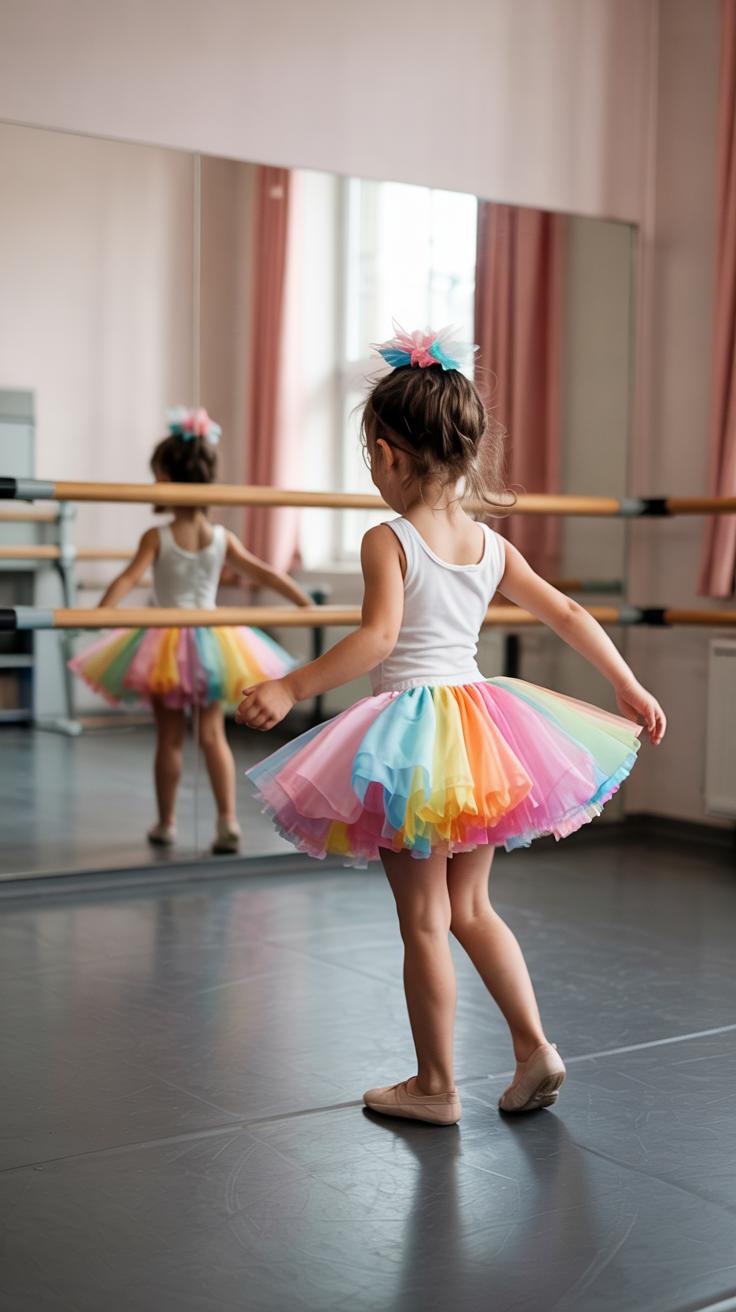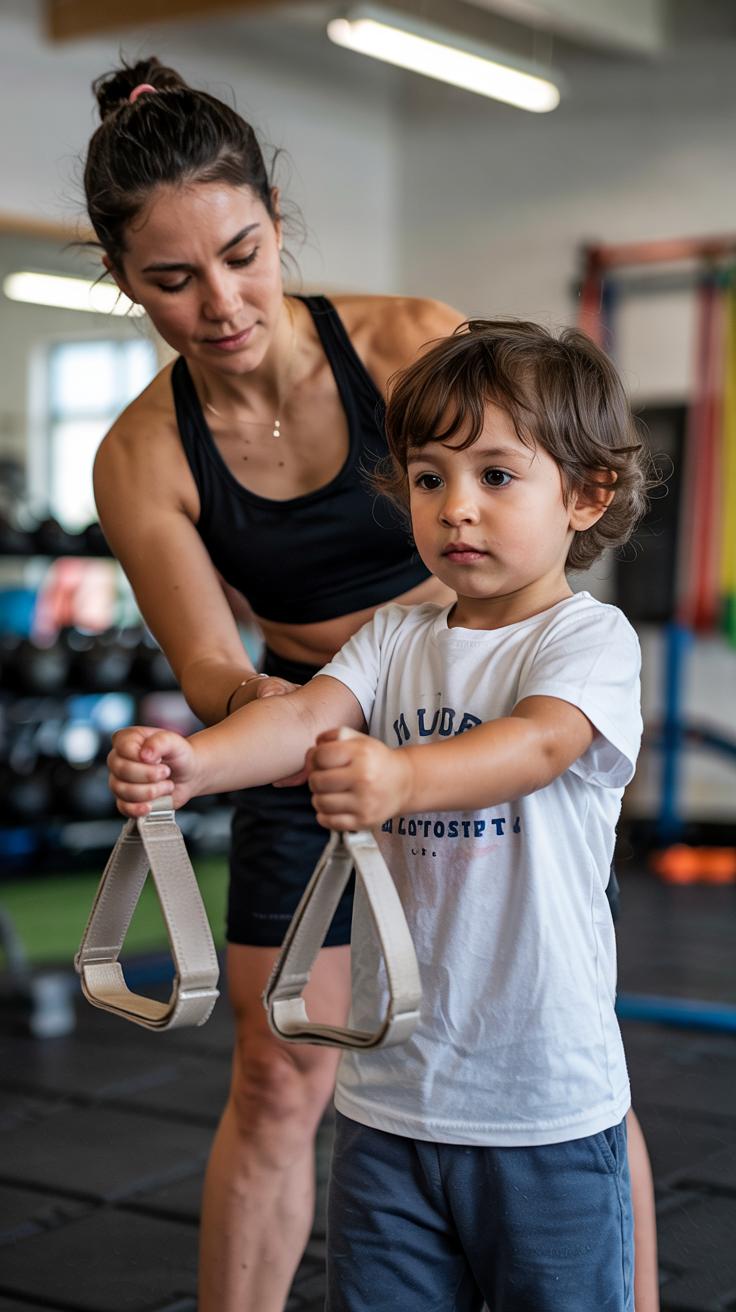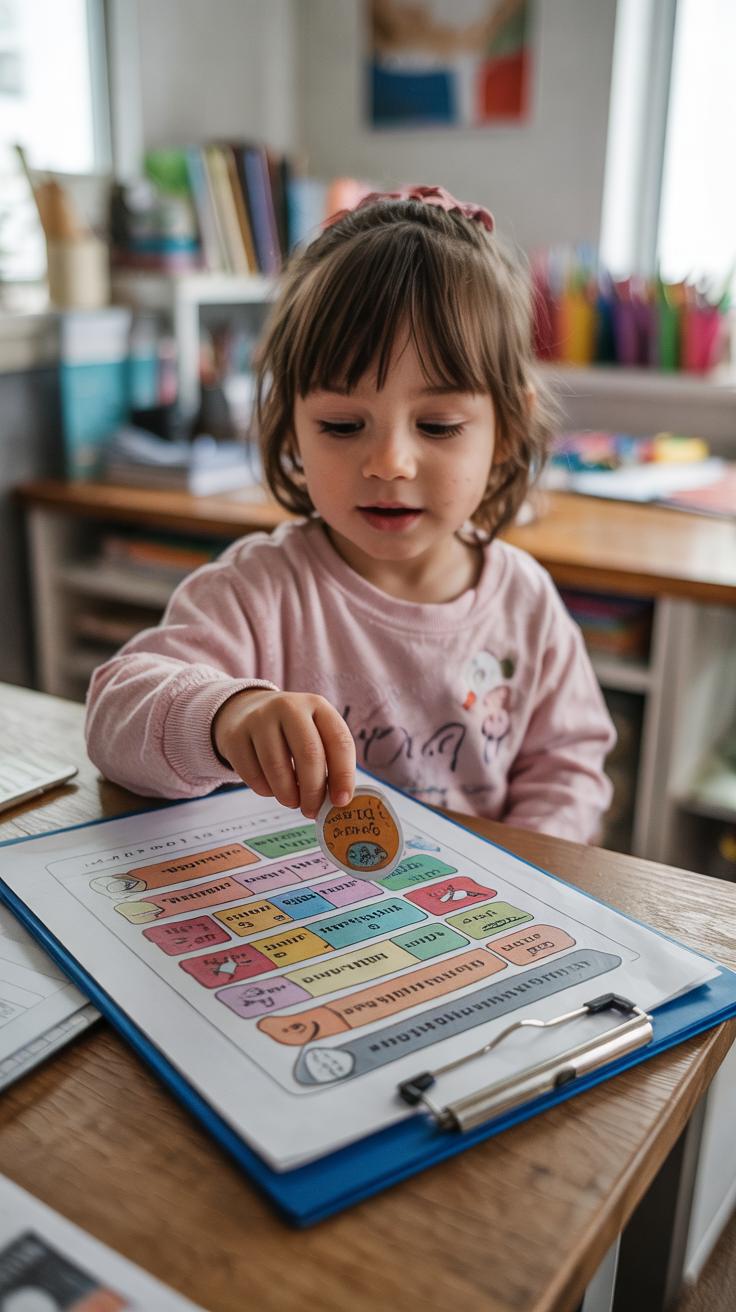Introduction
Kids need physical activities every day to build strong bodies and develop important skills. Fun exercises help children burn energy, improve their moods, and learn new abilities. When children stay active, they grow healthier and happier. You can encourage your child to move by choosing activities they enjoy and can do easily. This article will share many ideas for enjoyable physical activities for kids. It will explain why these activities matter and how you can include them in your child’s routine.
Thinking about how to keep your child moving can feel overwhelming, but small actions make a big difference. Activities like running, jumping, or playing games strengthen muscles and bones. They also improve coordination and balance. Besides physical strength, active play enhances social skills by letting kids interact with others. This guide will cover a variety of activities for different ages and settings. You will learn simple ways to motivate your child to stay active for longer periods and develop healthy habits early in life.
Why Physical Activity Is Essential for Kids
Physical activity shapes more than just how kids look. Moving their bodies every day supports their overall health and helps them grow stronger.
When your child plays or exercises, they build muscles and bones that become stronger over time. Their heart and lungs work better, which increases their stamina and energy.
Active kids tend to focus better at school and manage stress more easily. Have you noticed how a short break of running or jumping can help your child calm down or improve their mood?
Playing with other children while being active teaches cooperation and teamwork. Kids practice sharing, listening, and solving problems together.
Inactive children risk gaining unhealthy weight and may face health problems later in life. They might struggle with mood swings or have trouble making friends.
Encouraging movement helps your child learn, feel good, and connect with others each day.
Physical Health Advantages
Activities like running, jumping, or climbing make muscles stronger. Strong muscles support bones, so they grow denser and less likely to get injured.
Exercise improves how well the heart pumps blood and helps lungs take in oxygen. This means your child can play longer without getting tired quickly.
Keeping active helps children manage their weight by burning calories and balancing how their bodies use energy.
Research shows kids who move regularly have a lower chance of developing health problems such as diabetes or heart disease later in life.
When was the last time you saw your child pick up a ball or ride a bike? These simple actions build a healthy foundation for a lifetime.
Mental and Social Benefits
Movement affects the brain. Exercise increases focus and helps kids control emotions better.
If your child feels anxious or upset, physical activity can offer relief. A burst of running or dancing often lifts mood quickly.
Group games teach children to take turns, follow rules, and work as a team. These skills build friendships and boost confidence.
Do you notice your child joining in with peers more after being active together? This shows how exercise supports social connections.
Encouraging play and sports can improve how your child handles challenges and builds positive relationships that last.
How to Make Physical Activity Fun for Your Child
Keeping your child active works best when exercise feels like play. Try turning workouts into games that spark their curiosity and energy. Use music to set a lively pace or create playful challenges, like timed obstacle courses or dance-offs. These help children focus on fun rather than effort.
Watch how your child responds and adjust activities to fit their interests and energy. If your child loves animals, try “animal walks” like waddling like a duck or hopping like a frog. If they enjoy stories, weave movement into their favorite tales. This personal touch keeps them engaged.
Encourage often and cheer their progress. Positive feedback builds confidence and makes kids want to try more. Ask questions like, “What game do you want to play next?” to give them control. Making movement enjoyable and rewarding shapes a lifelong habit of activity.
Choosing Age-Appropriate Activities
Choosing activities that match your child’s age helps protect them from frustration or injury. Toddlers thrive with simple movements like crawling races, stacking games, or gentle dancing. These support basic coordination and balance.
School-age kids can handle more structured play. Try jumping rope, playing tag, or beginner sports like soccer or basketball with simpler rules. These activities develop stamina and teamwork skills.
Preteens benefit from challenges that test strength and endurance, such as swimming, biking, or martial arts. Adjust activities based on your child’s abilities and preferences to keep exercises motivating and safe at every stage.
Creating a Playful Environment
Turn exercise into a game to keep kids excited. Use props like balls, jump ropes, or hula hoops to add variety. Toys that require movement, like scooters or balance boards, also make exercise feel like play.
Group classes or playdates add social fun and friendly competition. Watching others can inspire your child to try new moves. Set up scavenger hunts or timed races to add friendly goals and keep motivation high.
When exercise feels playful, children don’t see it as a chore. This keeps their interest alive and encourages regular movement for health and growth.
Outdoor Activities to Keep Kids Moving
Playing tag is a classic way to get kids running, jumping, and laughing. It encourages quick thinking and fast movements that build speed and agility.
Riding bikes lets children explore their neighborhoods or local trails. It strengthens leg muscles and improves balance while offering a fun, adventurous ride.
Hiking invites kids to discover nature while building endurance. Walking different trails challenges their muscles and inspires curiosity about wildlife and plants.
Ball games like soccer, catch, or kickball promote coordination, teamwork, and hand-eye skills. They also create social experiences that make exercise feel like play.
The benefits of fresh air and natural surroundings boost mood and reduce stress. Visiting local parks provides safe places to run freely and explore new environments.
Have you noticed how much longer kids play when outdoors? Encouraging your child to try these activities can help build healthy habits and a lifelong love of movement.
Benefits of Playing Outside
Outdoor play raises heart rate and builds stronger muscles and bones. Regular exercise outside improves stamina and flexibility in ways screens cannot match.
Sunlight helps the body produce vitamin D, which supports bone growth and immune health. Spending time under open skies can boost your child’s energy and mood.
Sensory experiences like feeling the wind, hearing birds, and smelling flowers improve cognitive skills. These moments encourage creativity and attention in ways indoor play rarely offers.
How often does your child spend time outside? Balancing physical health with mental well-being is easier when kids get regular outdoor playtime.
Safe Outdoor Play Tips
Supervision is key to keeping kids safe without limiting their freedom. Stay close enough to watch, but far enough to let them learn independence.
Choose clothing suited to the weather and activity. Hats protect from sun exposure, while sturdy shoes prevent injuries during running or climbing.
Make sure your child drinks plenty of water, especially on hot days. Carry a refillable bottle to keep energy levels steady and avoid dehydration.
Do you check your child’s gear and environment before heading outside? Taking basic safety steps lets kids enjoy active play with fewer risks.
Indoor Activities for Active Days
When bad weather or limited space keeps kids inside, there are many ways to keep them moving and engaged. Dancing to favorite songs gets energy flowing and lifts moods. Creating obstacle courses with cushions, chairs, and blankets lets kids practice crawling, jumping, and balancing in a fun way. Yoga offers gentle stretching and breathing exercises that can improve focus and flexibility. Interactive video games that require jumping, stretching, or dancing combine screen time with physical activity, making exercise feel like play. These indoor options help children stay active even when going outdoors isn’t possible. How can you set up activities that match your child’s interests and available space?
Turning Your Home into a Movement Space
Clear areas by moving furniture to open pathways or corners that become play zones. Use everyday items like balloons, pillows, or empty boxes as props for games or simple exercises. For example, balloons can float in the air for kids to tap or catch, promoting hand-eye coordination. Schedule regular times during the day dedicated to indoor activity. Setting a consistent routine reminds kids to get up and move. Even small changes, like relocating the coffee table or clearing a hallway, make room for active play. What household items can you use to create new exercise challenges?
Keeping Indoor Activities Exciting
To avoid boredom, rotate activities every few days or weeks. One day can be yoga, the next an obstacle course, or a dance party. Involve the whole family to boost excitement and motivate participation. When everyone joins in, kids feel supported and enjoy movement more. Try setting challenges like “who can hold a plank the longest” or “create the funniest dance.” Making activity a shared, playful experience encourages regular movement. How can you turn indoor exercise into a game that your family looks forward to?
Incorporating Physical Activity into Daily Routine
You can add physical activity to everyday life without extra effort. Walking or biking to school gets kids moving while they travel. If distance is too far, parking farther away lets children practice walking more.
Active chores like raking leaves, washing the car, or tidying the yard make movement part of responsibility. Give children simple tasks that involve physical effort and they will stay busy and active.
Short breaks for exercise during study time refresh the mind and body. Try quick activities like jumping jacks or stretching every 30 minutes to break long sitting sessions.
Family walks or bike rides after dinner offer quality time and exercise. These moments create positive memories around being active.
What small change can you introduce tomorrow to get your family moving more? Think of ways to replace sitting with gentle, fun motion.
Making Movement a Habit
Consistency helps kids develop lasting habits. When movement happens daily, it feels natural over time. You can set clear times for walks or play and stick to them.
Encourage your child by joining in. Kids copy what adults do. Show excitement about activities and celebrate small progress. Positive feelings make them want to keep going.
Make routines playful. Add music to dance sessions or challenge kids to beat their own step record. When exercise is fun, it stops feeling like a chore.
Ask yourself: how can you keep activity simple but rewarding enough to keep your child’s interest? Even small daily wins build lifelong habits.
Using Technology Wisely
Screen time does not have to compete with physical activity. You can set up timers to remind kids to move after every 30 or 60 minutes of sitting. This breaks long inactive periods.
Use apps that guide quick exercises or fun movement challenges. Some games encourage jumping, stretching, or balancing, combining play and fitness.
Agree on screen limits and replace extra time with active choices. For example, after 20 minutes of gaming, your child can do 10 minutes of dancing or a short walk.
How might you turn technology into a tool for movement instead of a barrier? Balancing screens with active breaks helps children stay healthier and focused.
Team Sports and Group Activities
Team sports like soccer, basketball, swimming, and dance classes provide more than just physical exercise. They help children develop coordination, strength, and endurance while encouraging social skills. Playing with others teaches kids how to work as a team, follow rules, and communicate effectively.
Kids learn discipline by attending practice and striving for improvement. They also build friendships and understand the importance of cooperation rather than just individual success. Swimming offers a chance to improve endurance and flexibility alone or in groups, while dance combines movement with rhythm and creative interaction.
How does your child react when working with others? Joining a team can boost confidence and teach valuable life skills that extend beyond the playing field.
Choosing the Right Sport
Consider your child’s interests and abilities when picking a sport. Some kids enjoy fast-paced activities like basketball, while others prefer individual sports such as swimming. Ask your child what sounds fun or what they want to try.
Observe their natural talents—are they agile, strong, or good at balancing? Sports matching these strengths keep children motivated and reduce frustration. Trying different activities for a short time can help find the best fit.
Do you notice your child gets excited about certain movements or games? Listening to their preferences encourages ongoing participation and enjoyment.
Supporting Your Child’s Team Experience
Encourage a positive attitude by praising effort rather than just winning. Teach your child that competing is about doing their best and learning from mistakes. Help them see teammates as partners, not just rivals.
Balance sports with schoolwork by setting clear time limits and keeping a consistent schedule. Support your child in managing both responsibilities to prevent stress. Attend games and practices to show interest and boost their confidence.
When your child faces tough competition or setbacks, ask how they feel and offer guidance on handling challenges. Are they learning to enjoy the process over the outcome? Your support shapes their experience and growth.
Creative Movement and Dance
Dance and creative movement offer children a way to express their feelings while staying active. These activities encourage kids to use their bodies freely, building coordination and rhythm. Different dance styles like hip-hop, ballet, and folk dance suit various interests and abilities. Free-form movement allows kids to move without rules, helping them listen to their bodies and music. Encourage your child to try simple action songs, improvise steps to favorite tunes, or imitate animals and shapes through movement. These exercises develop body control and help children understand timing and space. Have you noticed how your child reacts when they dance? They often show more energy and joy, turning exercise into play that keeps them engaged longer than typical workouts.
Benefits of Dance for Children
Dance improves balance, flexibility, and endurance. Moving to music stretches muscles gently and helps children strengthen their core and legs. Regular dancing also improves cardiovascular health by raising the heart rate. Beyond the physical, dance supports emotional growth. It gives children a chance to express their feelings without words. When kids master a dance step or create their own routine, they build confidence. This sense of achievement encourages kids to face challenges in other areas. Dance sessions can create a safe space for your child to explore emotions and develop self-awareness. How do you see dance influencing your child’s mood or self-esteem?
Introducing Dance at Home
You can start dancing with your child easily at home. Play upbeat music and invite your child to copy your moves or create their own. Use online videos that show beginner dance routines or simple exercises designed for kids. Family dance parties work well to get everyone moving together. Turn off screens for a few minutes and let everyone choose a favorite song to dance to. Encourage silly or slow dances to keep variety. Making dance a fun habit at home helps your child build a positive relationship with physical activity. What songs does your family enjoy that could inspire the next dance session?
Building Strength and Flexibility Safely
Helping your child build strength and flexibility creates a strong foundation for health. Simple exercises like wall push-ups, chair squats, and bird-dogs use their own body weight. These moves improve muscle without needing extra equipment.
Stretching keeps muscles flexible and reduces the risk of injury. Try seated forward bends or butterfly stretches to target key areas like the legs and hips. Hold each stretch gently for about 20 seconds.
Safety comes first. Teach your child to move slowly and focus on control instead of speed. Avoid forcing any stretch or weight beyond comfort. Ask, “Does this feel okay?” to encourage awareness of their body’s limits.
Use fun challenges like plank holds or animal walks to keep exercise interesting. A 30-second plank can turn into a playful contest. These activities build strength while making fitness feel like a game.
Safe Exercise Practices
Starting exercise with a warm-up reduces injury risks. Have your child march in place or do arm circles for five minutes to get muscles ready. This gentle movement increases blood flow and loosens joints.
After exercising, a cool-down helps the body recover. Slow walking and gentle stretches calm the heart rate and relax muscles. Cooling down supports better recovery.
Supervision matters. Watch your child closely, especially when trying new exercises. Check their form to prevent strain. Encourage breaks if they feel tired or uncomfortable.
Fun Strength Activities
Games like “Animal Races” let kids crawl like bears or jump like frogs, building muscle with playful energy. You can set up obstacle courses with crawling under tables and hopping over cushions to mix fun and fitness.
“Simon Says” can include strength moves such as “Simon says do five jumping jacks” or “Simon says hold a wall sit for ten seconds.” These turn workouts into engaging challenges.
Try timed challenges like “How long can you hold a plank?” or “How many push-ups can you do in one minute?” These invite kids to test themselves and see progress while staying motivated.
Tracking Progress and Staying Motivated
You can help your child stay active by tracking their activity levels. Set clear and simple goals together, like walking a certain number of steps or practicing a new physical skill. Use charts or sticker boards where your child earns a mark for every day they move or complete a fun exercise. Seeing their progress visually can inspire them to keep going.
Encourage friendly challenges, either against themselves or siblings, to make activity a game. Self-competition helps kids focus on improving rather than just winning. For example, challenge your child to beat their own jump rope record or do one more push-up than yesterday.
Ask your child how they feel after each activity or what new goal they want to try. This keeps their interest alive and makes exercise part of their routine, not a chore.
Using Positive Reinforcement
Positive reinforcement boosts your child’s motivation to stay active. Praise their efforts, not just results, to build confidence. Say things like “You did a great job trying that new move” or “I’m proud of how hard you worked today.”
Small rewards can also encourage consistency. Stickers, extra playtime, or choosing the next activity can make your child look forward to exercising. Positive feedback creates a strong connection between fun and movement.
When kids associate exercise with praise and rewards, they learn to enjoy being active. This helps them stick with habits that improve their health and growth.
Overcoming Challenges to Stay Active
Sometimes kids lose interest in physical activities or feel tired because of busy schedules. To overcome this, find activities your child enjoys and mix them up often. Ask what games or sports they like and invite friends to join; social time makes moving fun.
When motivation dips, remind your child of past successes to boost their confidence. If time is tight, break exercise into short sessions like 10-minute bursts throughout the day. This can fit into any schedule and still build good habits.
When discouragement strikes, encourage your child to keep trying and celebrate small wins. Overcoming obstacles shows them that staying active is possible no matter the challenge.
Conclusions
Encouraging your child to participate in fun physical activities strengthens their body and mind. Regular movement lowers risks of health problems and builds confidence. When kids enjoy exercises, they are more likely to stay active consistently. Choose activities that suit your child’s preferences and abilities to keep them engaged. Variety helps maintain interest and supports multiple areas of development.
You are your child’s role model. Show enthusiasm for being active together. Try new games, explore outdoor adventures, and create a balanced schedule that includes time for play. Small steps each day lead to lasting health benefits. Your efforts today will help your child grow into a strong, energetic, and happy individual. What fun activities will you start with your child this week to help them move more?

